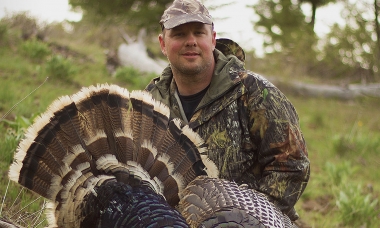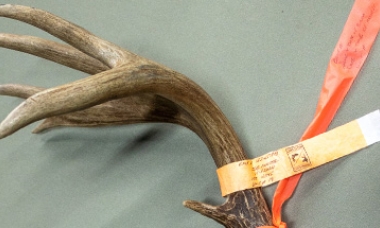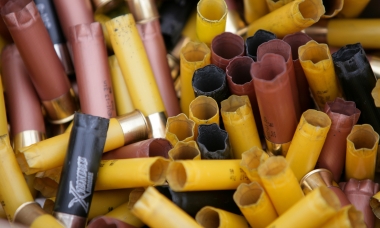
Search myodfw.com

The Oregon Hatchery Research Center is located on Fall Creek, a tributary of the Alsea River. The facility was built on the site of the Fall Creek Fish Hatchery in 2006. At that time, hatchery releases were stopped and the creek was allowed to return to naturally spawning fish only.
Find maps, boundary descriptions and the percent public land for the Willamette Unit.


Turkey hunting is one of the fastest growing kinds of hunting in Oregon, and nationwide, for many reasons.

If you’re new to turkey hunting, or even just new to turkey hunting in Oregon, ODFW offers several resources to help you learn when and where to hunt. The annual Oregon Game Bird Regulations Online resources about the upcoming season and current conditions Classes and workshops Regional wildlife biologists who can help direct you to the best hunting opportunities in their area Know the rules The Oregon Game Bird Regulations (both printed and online) will tell you what licenses and tags you’ll need to hunt turkey, when and where hunting seasons are open, and how many birds you can take


Find maps, boundary descriptions and the percent public land for the Wilson Unit.

Turkey hunters should be aware of all state hunting regulations, but pay special attention to these things – all of which are listed in the table of contents of the Oregon Game Bird Hunting Regulations: Licensing and tags Shooting hours Legal hunting methods Turkey hunting opportunities The Game Bird Regulations are available both online and in print, both are organized in the same way. Licensing and tags In Oregon, all hunters older than 12 years need a hunting license. Kids 12-17 years old can buy a special, value-priced youth license that also includes fishing and shellfishing. In addition to a


If you're a current bird hunter – upland or waterfowl – chances are you already have a shotgun you can use for turkey hunting. If you’re a new hunter here are some tips for buying a shotgun.

The variety of available shotgun shells can be dizzying, and there are more being introduced all the time. But taking into account the size of your shotgun and your intended target will help you narrow the choices to a more manageable number. Where to find shell information When you buy shells, the box they’re in will be labeled with the gauge, shell length, amount of shot inside the shell (in ounces), the size of shot and how many feet per second the load travels. Some of this information may also be printed on each shell to help you identify loose

Hunting involves a deadly weapon that can kill more than just your target. Hunting and handling your gun safely MUST be a top priority. Start with the fundamentals Start by learning these four gun safety fundamentals and you’ll be well on you way to a lifetime of safe hunting. Assume all guns are always loaded. The primary benefit of handling all guns as if they were loaded, is that it will help you develop safe gun handling habits. Never let the muzzle of the gun (the shooting end) point at something you’re not willing to shoot. Often referred to as


There are fundamental differences between turkey hunting with a bow and a shotgun, including effective range, shot placement and set up. Effective shooting distance Your effective shooting distance (how far you can be from a turkey and likely kill it with a single shot) will vary with the level of your shooting skills and the type of equipment you’re using. A good rule of thumb for shotgun shooters is 40 yards. Anything further than that and there’s a good chance you might not hit the head and neck with enough pellets to kill the bird. Any closer than 20 yards

The modern compound bow is the most popular choice for turkey hunting, but traditional recurve and longbows also have their fans. Hunting with crossbows is illegal in Oregon. If you already have a bow you use for deer or elk hunting, it will work fine for turkey Many turkey hunters, though, like to reduce the draw weight of their deer/elk hunting bow to 45 pounds or less for turkey. Unlike deer and elk hunting, where you’re usually standing or kneeling when you take a shot, you’re likely to be sitting when shooting a turkey. In this case, a lighter draw

There are many options when it comes to choosing arrows and broadheads for turkey hunting. If you already hunt big game, you can use the same arrow shafts for hunting turkey. If you’re new to bowhunting and buying arrows for the first time, select an arrow shaft made of a lightweight, fast-moving material like carbon fiber. An arrow that weighs about 6 to 8 grains per per pound of draw weight (on a compound bow) is a good guideline. This will maximize kinetic energy, accuracy and penetration. There are three styles of broadheads popular with turkey hunters: Expandable, or mechanical

